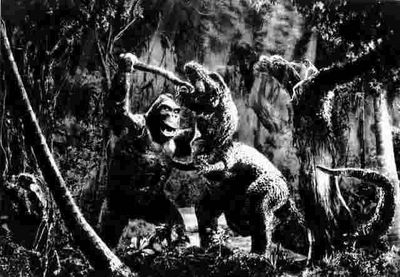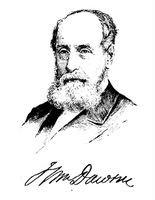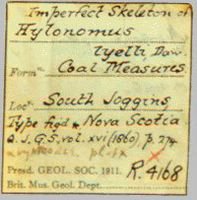Researchers have followed fossilized footprints to a multi-legged predator that ruled the seas of the Cambrian period about half a billion years ago.The research team worked with samples gathered from the Burgess Shale, famed for its exquisitely detailed fossils from the Cambrian Explosion, a time when life underwent a dramatic change with the appearance of all the modern groups of organisms and some bizarre creatures.
Fossil trackways and other fossilized evidence of animal activities such as burrows, bite marks and feces are known as trace fossils. These provide evidence of where animals were living and what they were doing, but the full identity of the producers is rarely known.
In this case, size of the tracks and the number of legs needed to make them left only one suspect: Tegopelte gigas. This caterpillar-like animal sported a smooth, soft shell on its back and 33 pairs of legs beneath. One of the largest arthropods of its time, it could reach up to 30 cm in length.
By analyzing both the fossilized remains of Tegopelte and the trackways, the researchers were able to reconstruct how this animal would have moved. The creature was capable of skimming rapidly across the seafloor, with legs touching the sediment only briefly, supporting the view that Tegopelte was a large and active top carnivore. Such lifestyles would have been important in shaping early marine communities and evolution during the Cambrian explosion. link


















































